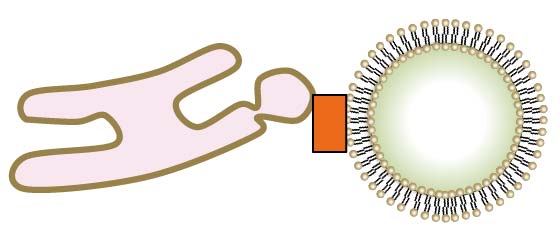Detail information of Complex
Basic Information:
| Complex ID | CMCS00023 |
| Complex | VAPA; VAPB; STARD3 |
| Subunit Number | 3 |
| Membrane Contact Site |
ER-Endosome; Endosome-ER

|
| Species | Human |
| Identified PPI in BioGRID | VAPA-VAPB(LTP); VAPB-STARD3(LTP); VAPA-STARD3(LTP) |
Subunit Information:
| Subunit | Symbol | Uniprot ID | Subcellular location | More |
| subunit:1 | VAPA | Q9P0L0 | ER | more |
| subunit:2 | VAPB | O95292 | ER | more |
| subunit:3 | STARD3 | Q14849 | Endosome | more |
References:
| Pubmed ID | 24105263 |
| DOI | 10.1242/jcs.139295 |
| Description | STARD3 or STARD3NL and VAP form a novel molecular tether between late endosomes and the ER. |
| More related results |
| Pubmed ID | 28377464 |
| DOI | 10.15252/embj.201695917 |
| Description | Corroborating this, in vitro reconstitution assays indicated that STARD3 and its ER-anchored partner, Vesicle-associated membrane protein-associated protein (VAP), assemble into a machine that allows a highly efficient transport of cholesterol within membrane contacts. |
| More related results |
| Pubmed ID | 33124732 |
| DOI | 10.15252/embj.2019104369 |
| Description | The endoplasmic reticulum possesses three major receptors, VAP‐A, VAP‐B, and MOSPD2, which interact with proteins at the surface of other organelles to build contacts; onventional FFATs (illustrated here with STARD11/CERT) which allow the formation of a stable complex between VAPs/MOSPD2 and thus the formation of MCSs. |
| More related results |